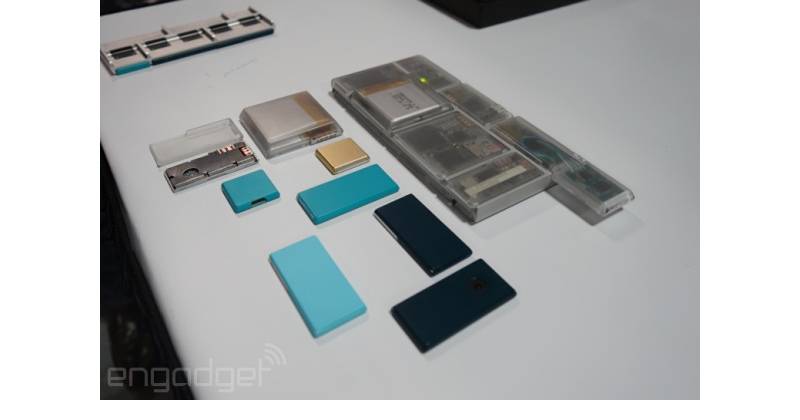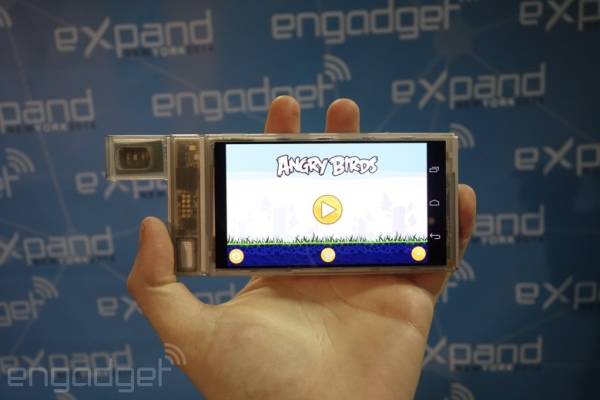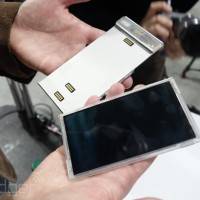
Those following the development of the modular smartphone ever since its conception last year are probably quite excited with the progress that Google’s Project Ara has made. While still at the initial Spiral 1 stage, with Spiral 2 set to be launched early next year, the smartphone is showing not only promise, but is actually working already to some extent. At Expand NY, Project Ara lead Paul Emerenko took to stage to show the public for the first time an actual working prototype.
While the design of the Project Ara smartphone has many facets, its call to fame is, of course, its modularity, with both basic and extra functionality provided by modules. We’ve already seen one of those in the form of a pulse oximeter. But more than just the modules themselves, it is also important that you can swap these modules out as easily as say, a microSD card. That is exactly what Emerenko demonstrated, at least with a dummy LED module that does nothing but shine a light. But the demonstration is important because it shows how you can add or remove modules without having to power down the phone.
That magic is thanks to the endoframe, the only part of Project Ara that Google will sell. Aside from holding the modules together, its unique design is able to let each module take on three different modes with regards to power. They can either use power, provide power, or store power. It all just works and works like a regular smartphone that can even play a round of Angry Birds.

And it is indeed like any other Android smartphone. Emerenko says that Spiral 1 currently runs on stock Android 4.4 KitKat, but that will soon change to Lollipop. That change will also bring about a change in how drivers are handled in Project Ara. Currently, all the module drivers are baked into the Android kernel, which isn’t exactly a sane setup if you plan on growing an ecosystem of dozens, if not hundreds, of third-party modules. The future versions will include generic drivers for each class of module to support as many as possible, with specific and extra features exposed in apps instead.
VIA: Engadget















Unless they make a way for batteries to be smaller and contain at least 2000 mAh, consider this phone dead. Or at least adopt some of the “modern” batteries that so called hold 10x times the charge and occupy small spaces. Because seeing that hump in the back of the phone means trouble for customer interest and more waste in the ground.
That’s the beauty of the concept. When those batteries are available they’ll work. ARA is definitely still in the enthusiast/prototype phase.
Still would like small form batteries with decent capacity than bigger batteries with small capacity. I know batteries will work, but will they work well and/or longer than 4-7 hours? How about 12-24 hour for the average battery?
I agree. The technology overall is needing improvement. Would you accept fast charging batteries that only need 10 minutes to top up or maybe hardware/software that only sips electricity? Put all of them together and you may have a viable solution. I wouldn’t mind an e-ink display. The Samsung ultra power savings mode is another option.
Electronic legos. I’m going to enjoy this.
Wrong. Because of the modularity, I will be able to keep some spare battery modules in my bag/car/pocket and when the battery is running low, just hot-swap it for a fresh one.
So you would rather have 3+ 420 mAh batteries than just one large powered battery that can last longer? No wounder we have an island made of trash somewhere, those batteries count overtime you know. NOTE: I am NOT asking for NON-interchangeable batteries, I am asking for smaller batteries with higher capacity, is that too much to ask for?
this phone is going to be great, quit complaining